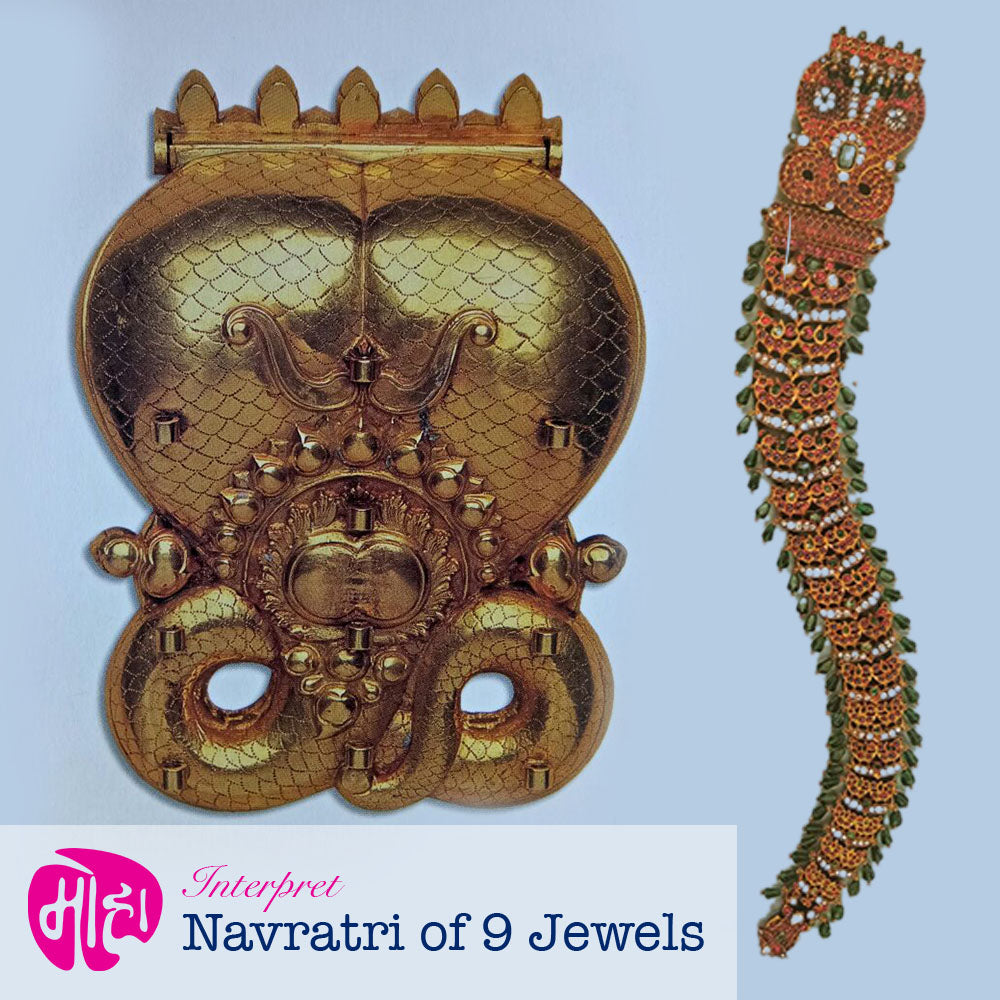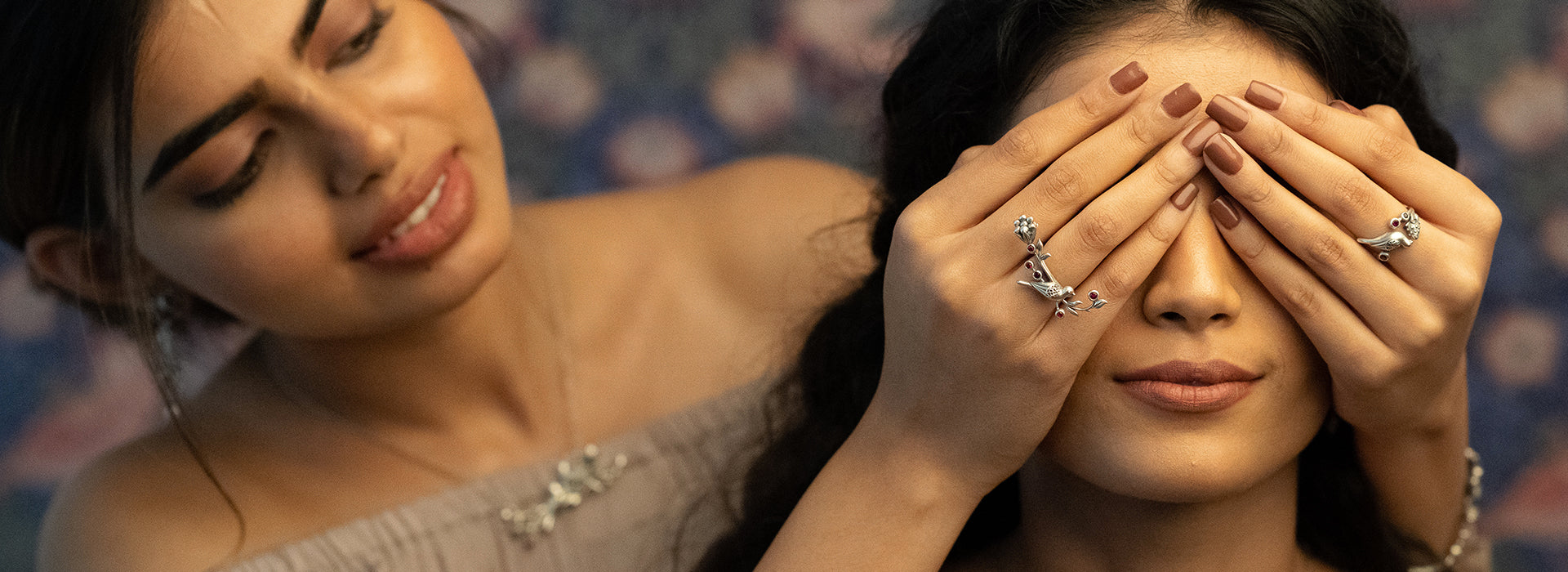The lingam casket is another very interesting piece of jewellery which has deep roots into our Indian culture and religion. This piece of jewellery has its significance among the Lingayat community which is now widespread across Karnataka and Maharashtra.
The Lingayat is a term which the community use to designate themselves. They follow and believe in only one God - ‘Shiva’. This sect was found by Basava (fondly known as Basaveshwara) and gained prominence in the 12th century. Basava was a King’s minister who rejected Brahmin authority by replacing them with ‘jangamas’ (an entirely new order of priests). This sect started a movement against superstitious practices and established their own movement. Due to this, Basava faced a lot of revolt. This Shaivite cult grew further when they denounced idol worship, temple creation and several other practices followed by the traditional religions.
The Lingayats have faith in the principle of the ‘lingam’ which is a symbolic representation of Shiva. Lingams have been classified into two types; the immovable ones (such as those observed in Shiva temples) and the mobile ones. These mobile ones are in pebble or small round stone forms known as ‘shaligram’ and are encased in many protective elements. The Lingayats believe in these movable type of lingams as they are opposed to the principle of temple worship. These lingams hold a lot of importance to the Lingayats as they consider the lingam as the ‘essence of their soul’, the ‘pran’ and must thus be protected and prayed to every single day. This led to the creation of the ‘lingam caskets’.
The Lingam caskets are similar to pendants and are worn in the neck at all times by the sect. These also serve as meditation devices. In olden times, these caskets were made with elements considered to be spiritually pure such as sandalwood, copper, silver, gold etc. but the modern versions are crafted from metals as per the social status of the community using it.
These ornaments are crafted to bear a shape similar to the the lingam of Shiva and are of many types. The typical caskets have an egg shaped region in the centre surrounded by two vertical columns holding the screws which allows easy removal of the ‘lingams’ within. The columns also hold non removable carrying cords which enable it to be worn around the neck.
The two most aesthetically striking forms of these caskets are the one displaying the panch mukhi (five-faced) Shiva lingam with a Nandi (Shiva’s vehicle) right next to it and another one paying a respect to his bull form; the Nandi. The bull is said to represent masculinity, fertility and strength and was concluded to be a theriomorphic form of Shiva. It was designated to be termed as his vehicle once Shiva was anthropomorphically represented.
This ornament is truly striking as it shows the impact of a religion or a belief on the very shape or appearance of an ornament. Indian traditional jewellery is indeed a deep ocean which gives us beautiful insights on the rich history, culture and beliefs of its people.
Picture credits - Picture credits: Traditional Jewellery of India By Oppi Untracht; Collection Mis, Brussels; Collection the author, Porvoo.
#indianjewellery #traditionaljewellery #navratri2017 #rarejewels #loveforjewellery #mohabygeetanjali #mohasilverjewellery


